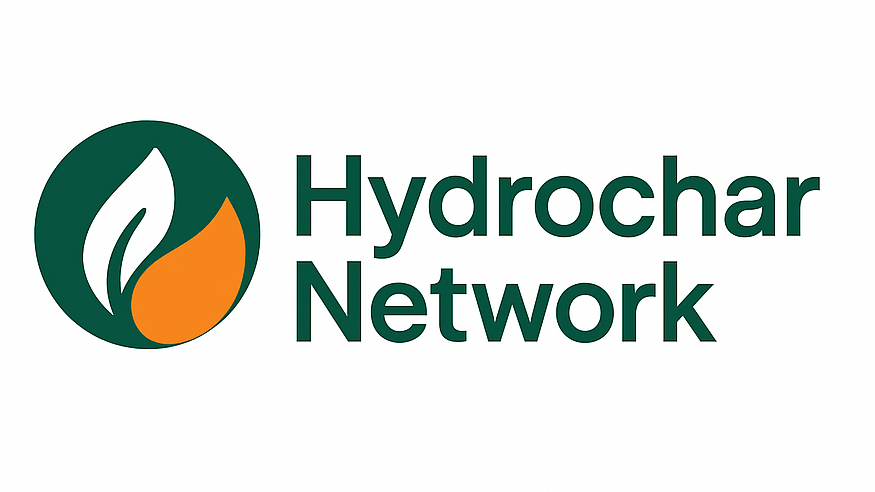- Hydrothermal Processes (HTP)
- Hydrothermal Carbonization (HTC)
- Hydrothermal Liquefaction (HTL)
- Hydrothermal Gasification (HTG)
- Hydrothermal Humification (HTH)
- Hydrothermal Fulvification (HTF)
- Vapothermal Processes (VTP)
- Products
- Hydrochar (HC)
- Process water (PW)
- Gas
- Applications
Hydrothermal processes refer to a group of thermochemical conversion methods that use hot, pressurized water to transform biomass or organic waste into valuable products such as solid fuels, liquid bio-oils, and gases. These processes typically operate at temperatures between 180 °C and 700 °C and under high pressures to maintain water in liquid or supercritical states, enabling efficient chemical reactions without the need for feedstock drying. Hydrothermal processes are particularly effective for treating wet biomass and are considered promising technologies for sustainable waste management, renewable energy production, and carbon sequestration.
The main types include:
- Hydrothermal Gasification (HTG): Takes place above 374 °C and 22 MPa (supercritical water conditions), converting organic matter into gaseous products like hydrogen, methane, and carbon dioxide.
- Hydrothermal Carbonization (HTC): Operates at 180–250 °C to produce a solid, carbon-rich material called hydrochar, useful as a fuel, soil amendment, or carbon precursor.
- Hydrothermal Liquefaction (HTL): Operates at 250–374 °C and high pressure to produce bio-crude oil from wet biomass, which can be upgraded into liquid fuels.
